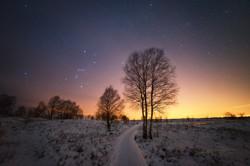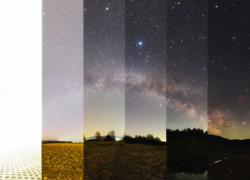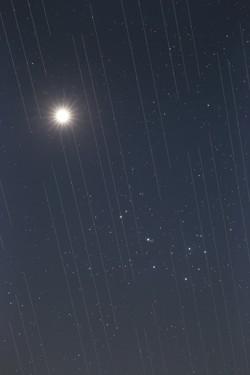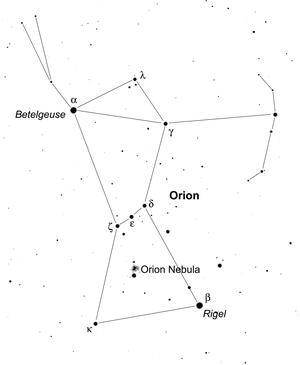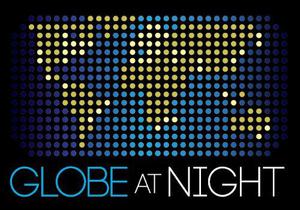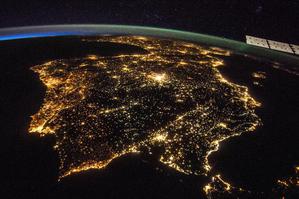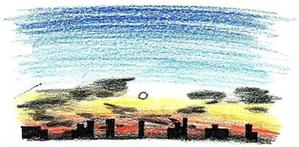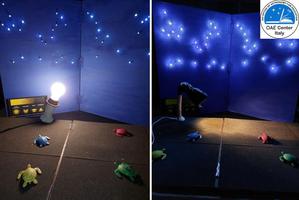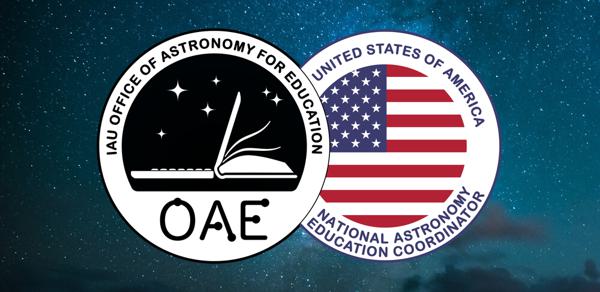Glossary term: 光污染
Description: 光污染是指由于例如路灯等过量或不完美的(向地平线以上方向发射)的人工照明,而导致夜空变亮的现象。它会造成极大的影响,它扰乱了对恒星、行星和其他天体的观测;它改变生态系统并影响生物的自然周期。此外,光污染也是对资金和资源的低效利用。
Related Terms:
See this term in other languages
Term and definition status: The original definition of this term in English have been approved by a research astronomer and a teacher The translation of this term and its definition is still awaiting approval
The OAE Multilingual Glossary is a project of the IAU Office of Astronomy for Education (OAE) in collaboration with the IAU Office of Astronomy Outreach (OAO). The terms and definitions were chosen, written and reviewed by a collective effort from the OAE, the OAE Centers and Nodes, the OAE National Astronomy Education Coordinators (NAECs) and other volunteers. You can find a full list of credits here. All glossary terms and their definitions are released under a Creative Commons CC BY-4.0 license and should be credited to "IAU OAE".
If you notice a factual or translation error in this glossary term or definition then please get in touch.
Related Media
艾菲尔国家公园星空,作者:韩东(音译),中国
Credit: 韩东(音译)/国际天文学联合会教育办公室
License: CC-BY-4.0 Creative Commons 署名 4.0 国际 (CC BY 4.0) icons
真实的光污染全景,作者托马斯・斯洛文斯基, 斯洛伐克
Credit: Tomáš Slovinský/IAU OAE
License: CC-BY-4.0 Creative Commons 署名 4.0 国际 (CC BY 4.0) icons
卫星群与夜空之美,作者 Torsten Hansen,德国
Credit: Torsten Hansen/IAU OAE
License: CC-BY-4.0 Creative Commons 署名 4.0 国际 (CC BY 4.0) icons
Related Activities
How Light Pollution Affects the Stars: Magnitude Readers
astroEDU educational activity (links to astroEDU website) Description: Build a Magnitude Reader to explore the magnitude of stars.
License: CC-BY-4.0 Creative Commons 署名 4.0 国际 (CC BY 4.0) icons
Tags:
Hands-on
, Dark skies
, ecology
Age Ranges:
10-12
, 12-14
, 14-16
, 16-19
Education Level:
Middle School
Areas of Learning:
Modelling
, Observation based
Costs:
Medium Cost
Duration:
1 hour
Group Size:
Group
Skills:
Asking questions
, Planning and carrying out investigations
Globe at Night Activity Guide
astroEDU educational activity (links to astroEDU website) Description: Learn to observe and record the faintest visible stars to measure the light pollution.
License: CC-BY-4.0 Creative Commons 署名 4.0 国际 (CC BY 4.0) icons
Tags:
Hands-on
, Dark skies
, ecology
, Citizen science
Age Ranges:
4-6
, 6-8
, 8-10
, 10-12
, 12-14
, 14-16
, 16-19
, 19+
Education Level:
Informal
, Middle School
, Other
, Primary
, Secondary
, University
Areas of Learning:
Observation based
, Project-based learning
Costs:
Low Cost
Group Size:
Group
Skills:
Communicating information
, Planning and carrying out investigations
How Many Stars Can You See at Night?
astroEDU educational activity (links to astroEDU website) Description: Investigate the effects of light pollution on night sky observation.
License: CC-BY-4.0 Creative Commons 署名 4.0 国际 (CC BY 4.0) icons
Tags:
Software
, ecology
, Observation of sky
, Pollution
, Constellations
, stellarium
Age Ranges:
12-14
Education Level:
Middle School
Areas of Learning:
Observation based
, Social Research
Costs:
Low Cost
Duration:
45 mins
Group Size:
Group
Skills:
Analysing and interpreting data
, Communicating information
, Planning and carrying out investigations
Evening Sky Watching for Students
astroEDU educational activity (links to astroEDU website) Description: Let's observe the evening sky with the naked eye
License: CC-BY-4.0 Creative Commons 署名 4.0 国际 (CC BY 4.0) icons
Tags:
Art
, Observation of sky
, Sky watching
, Motion of star
Age Ranges:
4-6
, 6-8
Education Level:
Pre-school
, Primary
Areas of Learning:
Discussion Groups
, Observation based
, Social Research
Costs:
Free
Duration:
30 mins
Group Size:
Group
Skills:
Asking questions
, Communicating information
Let there be light… but not too much!
astroEDU educational activity (links to astroEDU website) Description: Build a model to learn what light pollution is and what its effects are.
License: CC-BY-4.0 Creative Commons 署名 4.0 国际 (CC BY 4.0) icons
Tags:
Pollution
, sky observation
, lighting source
Age Ranges:
6-8
, 8-10
, 10-12
Education Level:
Middle School
, Primary
Areas of Learning:
Discussion Groups
, Modelling
, Observation based
, Project-based learning
Costs:
Medium Cost
Duration:
2 hours
Group Size:
Group
Skills:
Asking questions
, Developing and using models
, Engaging in argument from evidence
